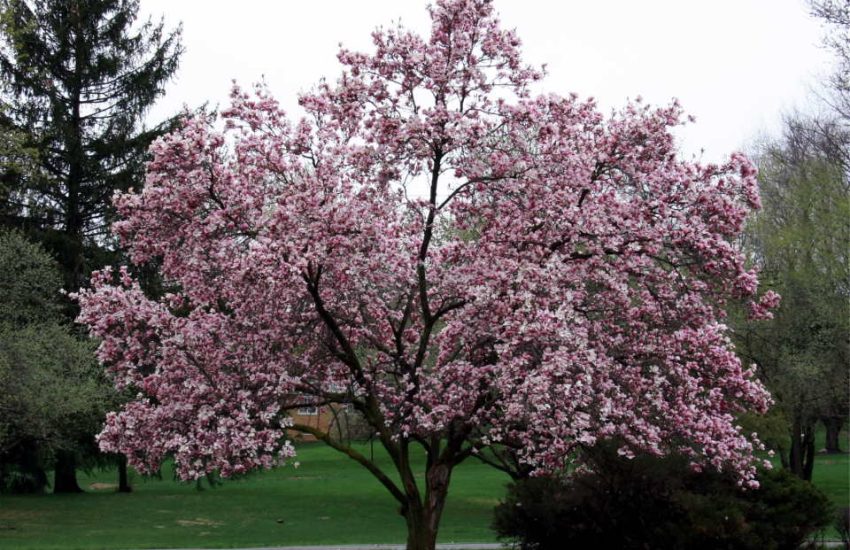How Much Perlite to Add to Soil: Expert Recommendations
Perlite is a lightweight, porous material that is often added to soil to improve its drainage and aeration. It is made by heating volcanic glass to a high temperature, causing it to expand and become porous. Perlite is commonly used in horticulture, especially in soil mixes for container gardening and hydroponics. However, determining the right amount of perlite to add to soil can be a challenge.

Adding too much perlite can cause soil to dry out too quickly, while adding too little may not provide the desired level of drainage and aeration. The ideal amount of perlite to add to soil depends on several factors, including the type of plant being grown, the size of the container, and the composition of the soil mix. Gardeners must carefully consider these factors when deciding how much perlite to add to their soil. In the following article, we will explore the benefits of using perlite in soil, factors to consider when determining how much to add, and tips for achieving the perfect soil mix for your plants.
Understanding Perlite and Its Role in Soil
What Is Perlite?
Perlite is a type of volcanic glass that is formed when obsidian, a type of volcanic rock, is heated to high temperatures. The heat causes the rock to expand and form white, lightweight, and porous granules that resemble popcorn. These granules are then crushed and graded into different sizes for use as a horticultural perlite.
Benefits of Perlite for Plants
Perlite is an excellent soil additive that provides numerous benefits to plants. It is lightweight and porous, which allows for better aeration and drainage in soil. This helps to prevent soil compaction and allows roots to grow more easily, which can improve plant growth and health.
Perlite also has excellent moisture retention properties, which helps to keep soil moist without becoming waterlogged. This is especially important for plants that require well-draining soil, as perlite can help to prevent root rot and other moisture-related problems.
In addition, perlite has a neutral pH, which means that it will not affect the pH of the soil. This makes it a versatile soil amendment that can be used with a wide variety of plants and soil types.
Comparing Perlite with Other Soil Amendments
When compared to other soil amendments, perlite stands out for its unique properties. Unlike organic materials such as compost or peat moss, perlite is an inorganic material that does not break down over time. This means that it can be used repeatedly without losing its effectiveness.
In addition, perlite is non-toxic and clean, which makes it easy to handle and use. Its white granules also make it easy to see and mix into soil.
Overall, perlite is a highly effective soil conditioner that provides numerous benefits to plants. Its lightweight, porous, and moisture-retentive properties make it an excellent choice for improving soil structure and promoting healthy plant growth.
Adding Perlite to Soil
Perlite is a popular additive in gardening and is often used to improve soil structure, aeration, and moisture retention. It is a lightweight material that is mined and then expanded by heating it to high temperatures. When added to soil, it creates air pockets that allow roots to better access oxygen and nutrients. Perlite also improves drainage and water retention, making it an ideal addition to potting soils, garden beds, and outdoor plants.
Determining the Right Amount of Perlite
The amount of perlite to add to soil depends on the type of plant and the soil mix being used. As a general rule, a ratio of 1:4 perlite to soil is recommended for most plants. However, for plants that require excellent drainage, such as cacti and succulents, a higher ratio of perlite to soil (up to 50%) may be necessary. For seed starting and rooting cuttings, a ratio of 1:1 perlite to soil is recommended to ensure proper moisture retention and soil aeration.
Mixing Perlite with Different Types of Soil
Perlite can be mixed with various types of soil, including potting soil, garden soil, and soilless mixes. When mixing perlite with dense soil, such as clay soil, it helps to improve soil structure and prevent compaction. For potting soil, a mix of perlite, peat moss, and compost can create a well-draining and nutrient-rich medium for potted plants. When mixing perlite with soilless mixes, such as coco coir or vermiculite, it helps to improve water drainage and prevent soil compaction.
Special Considerations for Specific Plants
Some plants require special considerations when adding perlite to their soil mix. For example, orchids require a mix of coarse perlite, fine perlite, and organic material, such as bark or coconut husk chips, to create a well-aerated and moisture-retentive growing medium. For raised beds, adding perlite to garden soil can help improve soil structure and prevent compaction. Additionally, for organic gardening, it is important to look for OMRI listed perlite to ensure it is a safe and sustainable additive for your garden.

